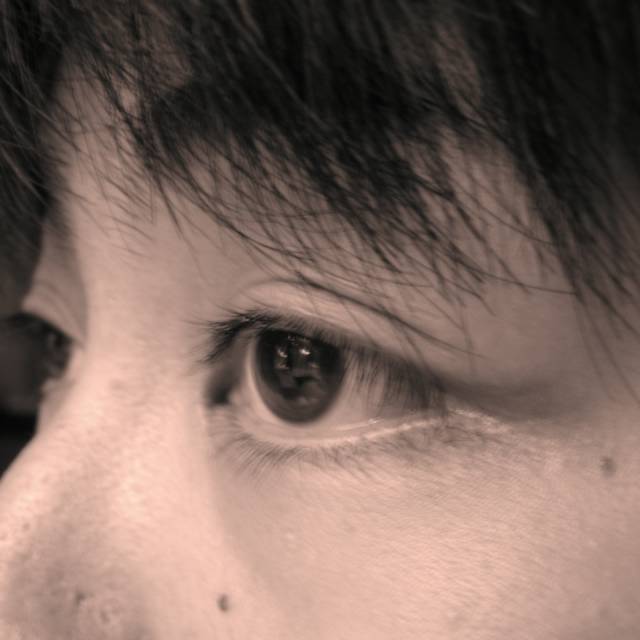day2-admiration, frustration, and due gratitude
A heavy wooden door, with a tarnished copper frame and a knocker in the shape of a lion's head, gleaming smooth and golden at its forehead where hundreds of thousands of believers and non-believers touched, separates the secular, bright outside and the sacred inside with scarce light, intentionally scarce to gently guide your gaze toward the crucifix above the alter. Upon opening one of the heavy doors, you are swallowed into an immense space with a ceiling almost as high as the sky itself, as if standing on the deep bottom of an abandoned mother ship stripped of all the layers of its decks, gargantuan and silent. Instead of rust and barnacles, mosaic work, stained glass, statues and paintings of saints adorn the high walls. On the low handrail of the niches along the walls, with small alters and a few rows of pews, are intricate mosaic works of stylized plants and animals, reminiscent of those in Islamic architecture. Turquoise of exuberant wisteria, lapislazuli of proud aster, and gold of gnarled grape vines--pieces of tiles of different hues come to ephemeral life in turns, in the flickering light of the candles lit by pious parishioners. Looking high, high up, on one of the top domes you see surprisingly modern stained glasses one might expect in homes designed by Frank Lloyd Wright, above more traditional, busily designed ones that decorate the lower windows. It brings home the almost counterintuitive fact that the basilica didn't see its completion well into the 20th century, a century evocative of space-age science and avant-garde, not usually of religious zeal and gloomy paintings of tortured saints.
Nearly overcome by the irresistible urge to photograph the rich beauty of the inside of the basilica (which is rightly prohibited to respect the parishioners for whom it is still a place of prayer, rather than a piece of art), you walk around and admire. Before long, you realize that you should be grateful to the parishioners who have generously opened their intimate place of prayer to us intrusive tourists, when they have all the right in the world to shut us out. They are not keeping the artistically and architectually valuable to themselves, but only asking us to respect their attachment to the statues and paintings, which, for them, are more sacred than beautiful. Not that the realization completely wipes out the feeling of frustration and despair of not being able to record the breathtaking beauty in front of you, which will take only a few hours to blur in memory without a photograph.
When you get outside, the late-afternoon light has succumbed to the evening dim. Yet, it still pierces your irises dilated to the maximum to see in the extreme low light of the inside. From above, gargoyles and bronze statues of kings, with their swords raised in triumph, keep their silent vigil over the front plaza of the basilica, where most of the tourists have gone to their next destination, probably to warm dinner, and parishioners attending the midnight Christmas Eve mass are yet to come. Staggered by the amount of work poured into the building and the zealous determination that must have backed the work, you head back down, speechless for a while, stopping several times to look back at the beautifully curved domes which, after seeing the far more delicately decorated inside, seems less impressive yet still pleasing to the eyes. You are glad you decided to see the Sacre Couer yourself, despite your former suspicion of the iconized basilica being only painfully touristic.
Nearly overcome by the irresistible urge to photograph the rich beauty of the inside of the basilica (which is rightly prohibited to respect the parishioners for whom it is still a place of prayer, rather than a piece of art), you walk around and admire. Before long, you realize that you should be grateful to the parishioners who have generously opened their intimate place of prayer to us intrusive tourists, when they have all the right in the world to shut us out. They are not keeping the artistically and architectually valuable to themselves, but only asking us to respect their attachment to the statues and paintings, which, for them, are more sacred than beautiful. Not that the realization completely wipes out the feeling of frustration and despair of not being able to record the breathtaking beauty in front of you, which will take only a few hours to blur in memory without a photograph.
When you get outside, the late-afternoon light has succumbed to the evening dim. Yet, it still pierces your irises dilated to the maximum to see in the extreme low light of the inside. From above, gargoyles and bronze statues of kings, with their swords raised in triumph, keep their silent vigil over the front plaza of the basilica, where most of the tourists have gone to their next destination, probably to warm dinner, and parishioners attending the midnight Christmas Eve mass are yet to come. Staggered by the amount of work poured into the building and the zealous determination that must have backed the work, you head back down, speechless for a while, stopping several times to look back at the beautifully curved domes which, after seeing the far more delicately decorated inside, seems less impressive yet still pleasing to the eyes. You are glad you decided to see the Sacre Couer yourself, despite your former suspicion of the iconized basilica being only painfully touristic.


0 Comments:
Post a Comment
<< Home